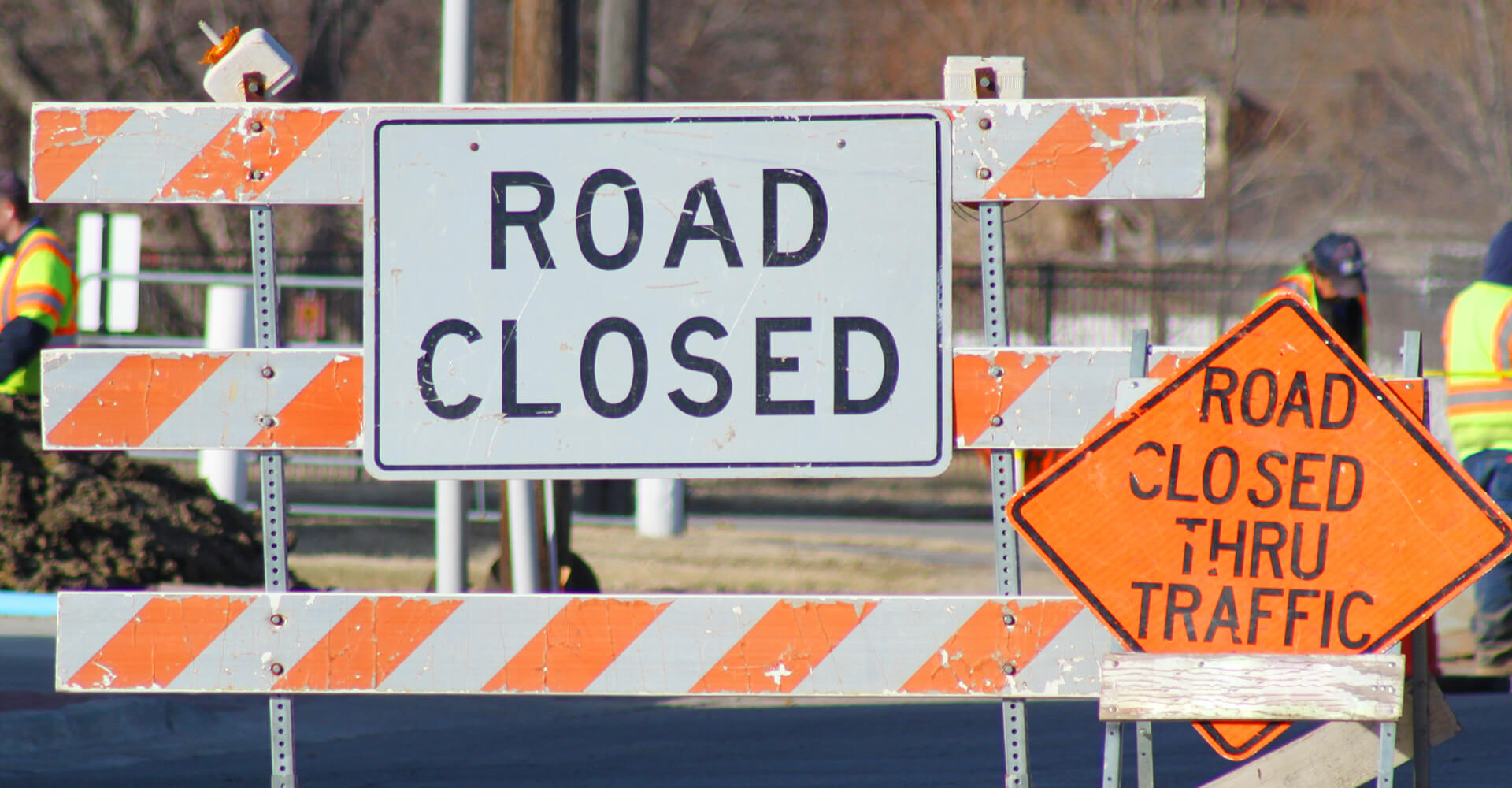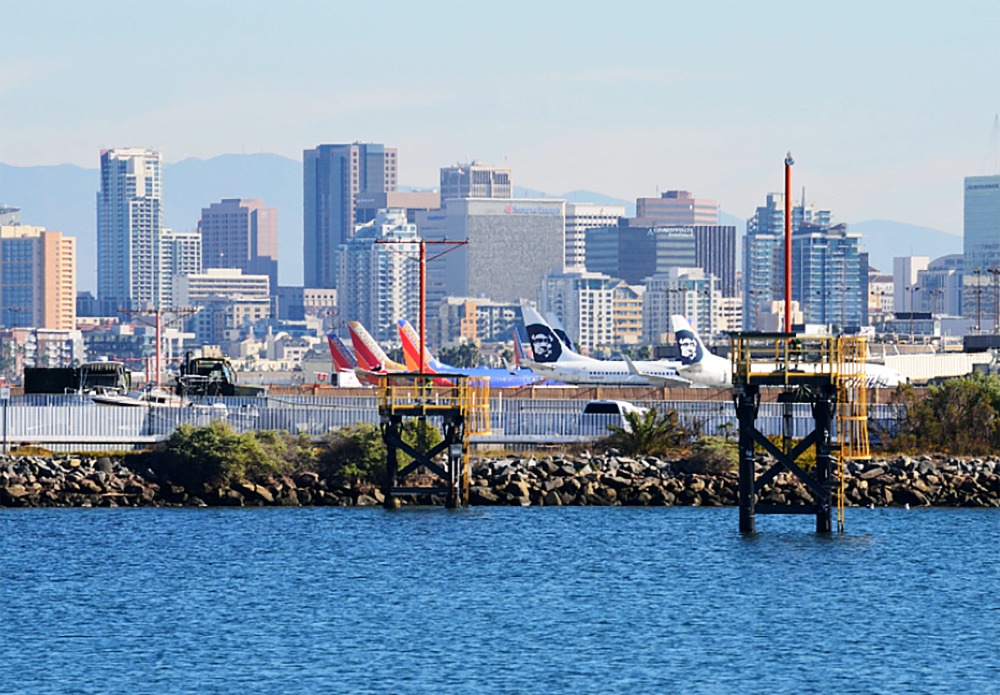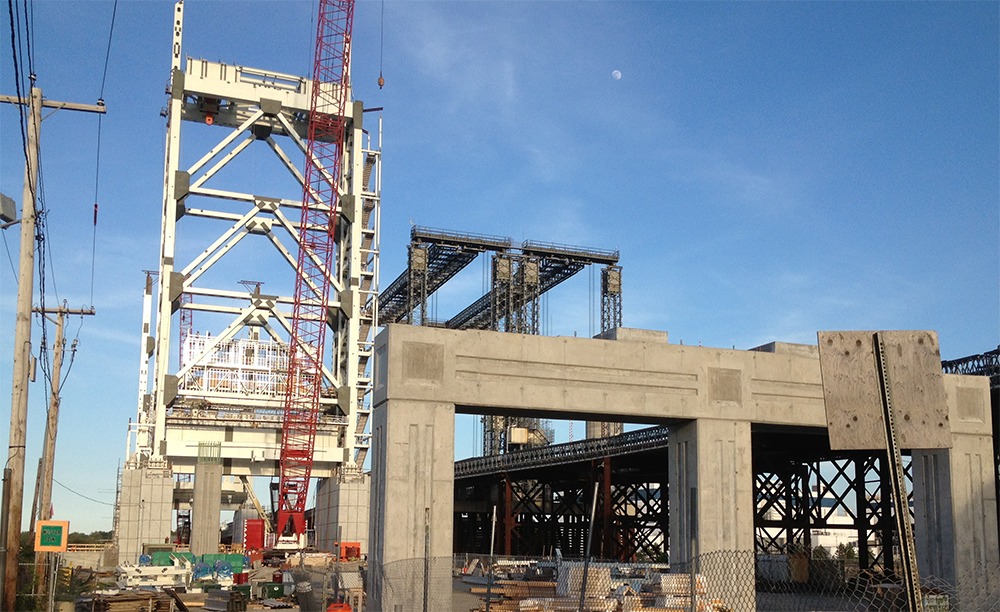
Transportation
Haley & Aldrich helps Portland, Oregon, metro region plan for more resilient emergency transportation routes
75%+
of critical infrastructure and essential facilities connected
89
new emergency transportation routes added
2.3 million
people served by emergency transportation routes
Summary
- More than 2 million people live in the five-county area that includes Portland, Oregon, and Vancouver, Washington. In the event of a major natural disaster — such as a landslide, flood, or earthquake — those residents will depend on a network of regional emergency transportation routes (ETRs) to evacuate, connect with medical care, and meet loved ones at schools and transportation hubs.
- The Regional Disaster Preparedness Organization (RDPO), which manages ETR maps, knew those routes needed updating. Since the last update more than a decade ago, experts have learned more about natural disaster risks and better understand the vulnerabilities of the region’s transportation infrastructure.
- RDPO asked Haley & Aldrich’s resilience team to assess how existing and planned ETRs would withstand earthquakes, floods, and landslides. Beyond geotechnical expertise, we brought strong connections with local emergency management and public works agencies, so we could evaluate the resilience of systems from multiple perspectives.
- Our team reviewed existing ETR designations, collected data, defined hazards, and conducted GIS mapping. We also considered equity issues: for example, how to make sure isolated rural communities could access large state roads, population centers, and emergency services.
- RDPO updated and expanded its ETR maps based on our connectivity and resilience assessment, adding more than 300 miles of potentially lifesaving routes. We continue to advise on addressing other transportation vulnerabilities we identified during the project — work that will lead to a more disaster-resilient Portland metro region.
For more information, contact:

Laura Hanson
Senior Resilience Project Manager












